Picture this: you're trying to understand a complex plant cell diagram, and instead of squinting at tiny labels and flipping between textbook pages, you just... click. That label you're curious about opens up with detailed explanations, follow-up questions, and everything you need to dive deeper into that specific component. This transforms static diagrams into interactive learning experiences that could fundamentally change how we explore complex topics.
Google's latest enhancement to Gemini makes this scenario a reality. Android Authority reports that Google is rolling out a new feature for Gemini to help users visually explore academic concepts through what they're calling interactive images. The timing here is particularly significant as AI tools evolve from simple content generation toward creating genuinely useful learning experiences.
Here's what's happening: Gemini can now create images with clickable labels that transform static diagrams into interactive learning experiences. This isn't just about making things look fancy—it's solving a fundamental problem with how we consume and understand complex visual information.
How interactive images actually work
The technical implementation behind this feature reveals Google's sophisticated approach to multimodal AI. When Gemini generates educational diagrams, it automatically creates labeled elements that users can interact with directly. According to Android Authority, in Google's demonstration, a plant cell diagram includes clickable labels for each organelle and cellular structure.
The interaction model is elegantly designed: clicking any label opens a dedicated side panel containing definitions, explanations, and contextual information about that specific component. But here's what makes this technically impressive—the AI doesn't just dump generic information. The side panel content is dynamically generated based on the element's relationship to the broader diagram, creating contextual explanations that help users understand both individual components and their interconnections.
Google also confirms that users can ask follow-up questions about any element, as reported by Android Authority, which creates a conversational learning layer on top of the visual interaction. This means if you click on "mitochondria" and want to understand how it relates to cellular respiration, you can explore that connection without losing your place in the diagram or starting over with a new search.
The feature primarily targets academic concepts, reflecting Google's recognition that educational applications represent the most immediate value for interactive visual learning.
Why this matters for visual learning
Traditional educational diagrams face a persistent limitation: they can show relationships and structures, but they can't explain them in real-time or adapt to individual curiosity. Students end up with fragmented learning experiences, constantly switching between visual references and explanatory text, often losing the connecting thread between components.
Gemini's interactive approach solves this by embedding explanations directly into the visual experience, creating what educational researchers call "contextual scaffolding"—support that appears exactly when and where learners need it. This development builds on significant improvements in Gemini's visual processing capabilities. Research indicates that recent versions handle layout-heavy materials more naturally, interpreting charts, UI elements, and structured documents with higher fidelity.
These enhanced multimodal reasoning capabilities are crucial for interactive diagrams because the AI must understand spatial relationships, component hierarchies, and contextual connections within complex visual information. The ability to generate relevant explanations for any clickable element requires sophisticated understanding of both the visual layout and the underlying academic concepts.
For educators and students, this represents a shift from passive diagram consumption to active exploration. Instead of memorizing static relationships, learners can investigate cause-and-effect connections, explore "what if" scenarios, and follow their curiosity through interconnected concepts—all within a single, cohesive interface that adapts to individual learning paths.
The bigger picture: embedded intelligence everywhere
Gemini's interactive images exemplify Google's broader strategy of ambient embedding—placing AI capabilities directly into existing workflows rather than requiring separate applications. Data Studios notes that Google focuses on "ambient embedding—placing AI where people already work and browse rather than as an additional app."
This philosophy connects interactive educational diagrams to a larger vision of contextual AI assistance. The same multimodal reasoning and visual understanding that powers clickable plant cell diagrams also enables contextual web browsing assistance and document analysis across Google Workspace. According to Data Studios, recent Chrome builds include references to "Contextual Tasks," enabling Gemini to analyze and act on webpage content.
The technical infrastructure supporting interactive images—enhanced visual encoders, improved cross-modal fusion, and better citation alignment—creates possibilities beyond education. The same framework could enhance technical documentation by making engineering diagrams explorable, improve medical imaging analysis through interactive anatomical references, or transform business presentations by allowing audiences to dive deeper into specific data points and visualizations.
This ambient approach means interactive learning becomes part of the natural information consumption process rather than a specialized educational tool, potentially transforming how we approach complex visual information across professional and academic contexts.
What this means for the future of AI learning tools
Interactive images signal a fundamental evolution from AI as content generator to AI as experience creator. The seamless integration of visual information, contextual explanations, and conversational follow-ups represents a new paradigm for human-AI interaction in educational contexts.
What makes this particularly promising for educational applications is the underlying accuracy and attribution capabilities. Research shows that Gemini 3.0 Pro maintains citation integrity while synthesizing information across multiple sources, making it suitable for academic applications where accuracy and source verification are critical.
For content creators and educators, this technology democratizes the creation of sophisticated interactive educational materials. Previously, developing clickable, explorable diagrams required specialized programming skills and significant technical resources. Now, the AI handles the technical complexity of creating interactive elements and managing contextual information display, while educators can focus on pedagogical design and content quality.
The broader implications extend to how we think about educational content itself. When any diagram can become interactive through AI assistance, it changes both the economics and accessibility of creating engaging educational experiences. Static educational content may become the exception rather than the rule, as the barriers to creating interactive, adaptive learning materials continue to diminish.
Bottom line: Google's interactive images feature transforms Gemini from a content generator into a learning companion. By making diagrams clickable and explorable, the technology bridges the persistent gap between visual information and deep understanding. It creates more engaging and effective educational experiences that adapt to individual learning needs while maintaining the accuracy and attribution standards necessary for serious academic work. This represents not just an incremental improvement in AI capabilities, but a fundamental shift toward AI that enhances human learning through contextual, interactive experiences embedded naturally into our information consumption workflows.




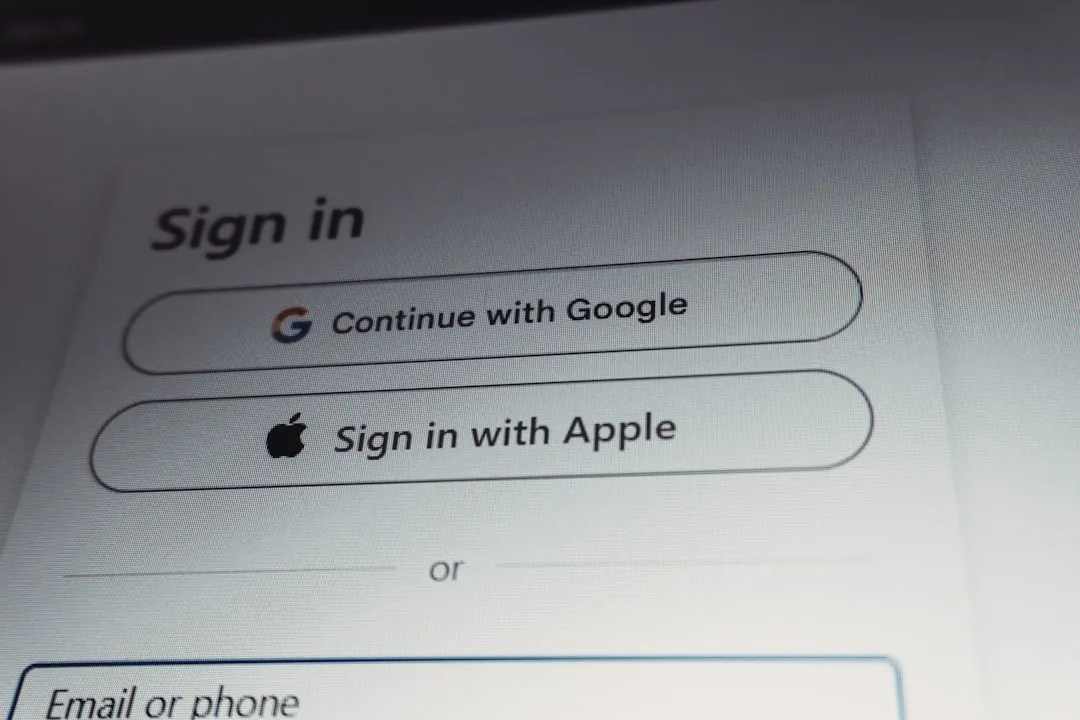

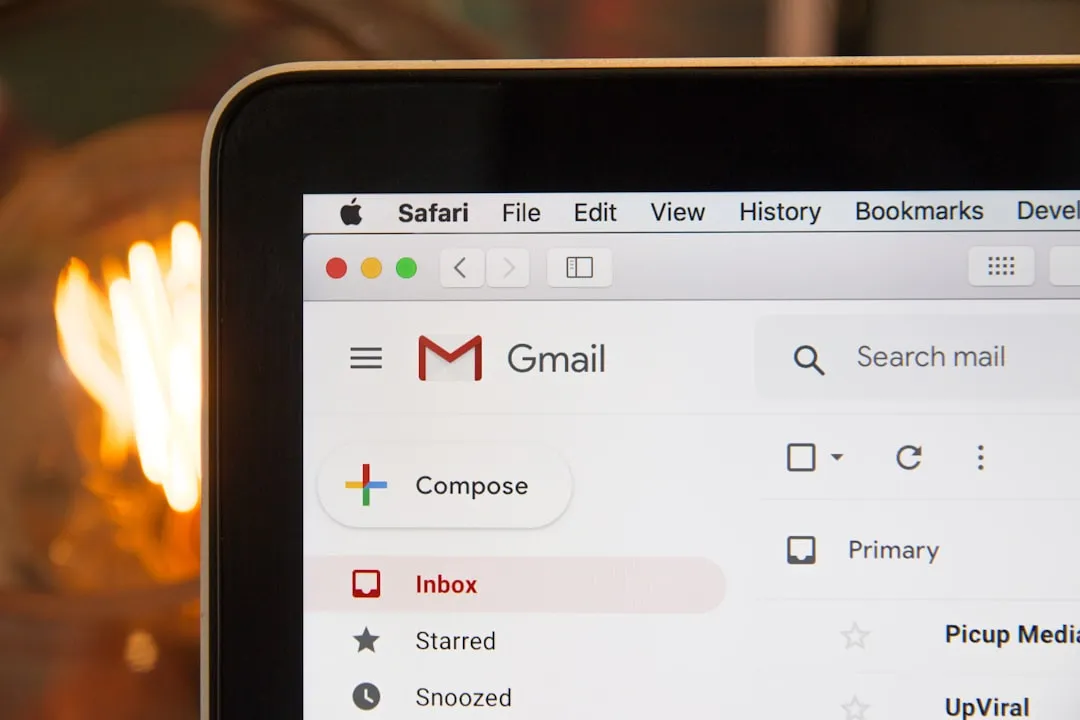
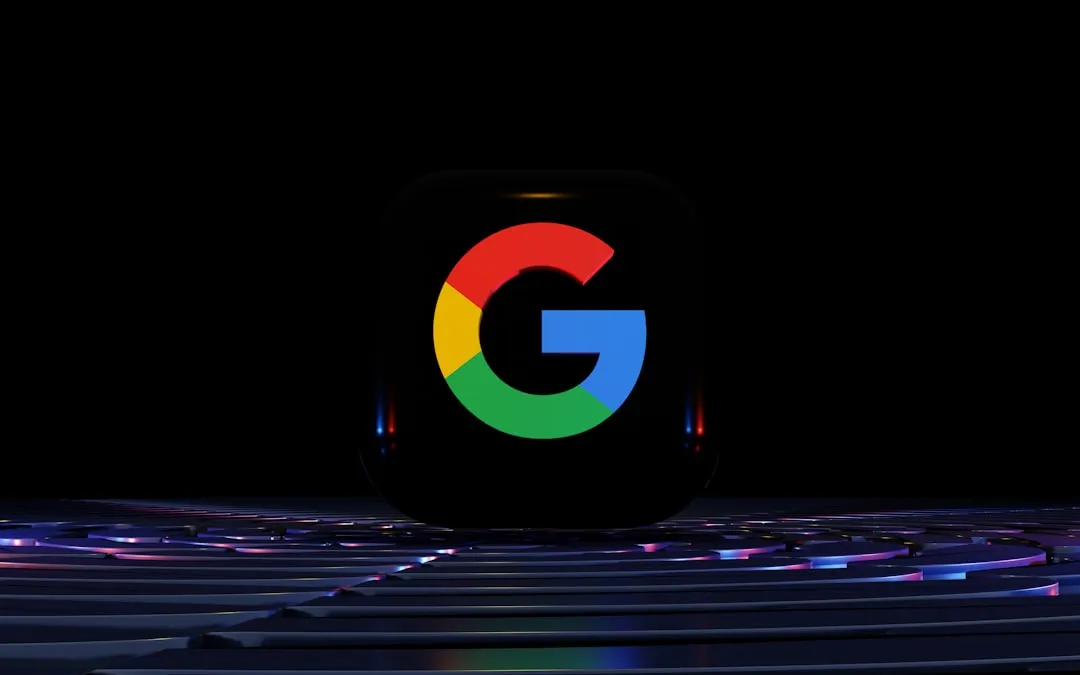


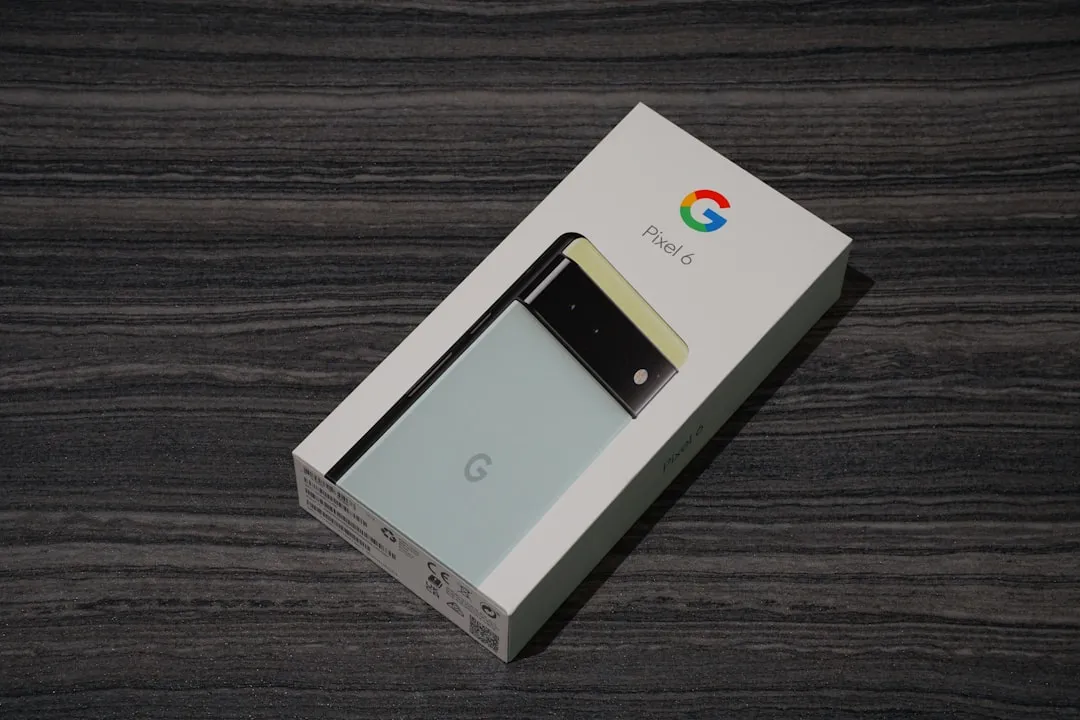

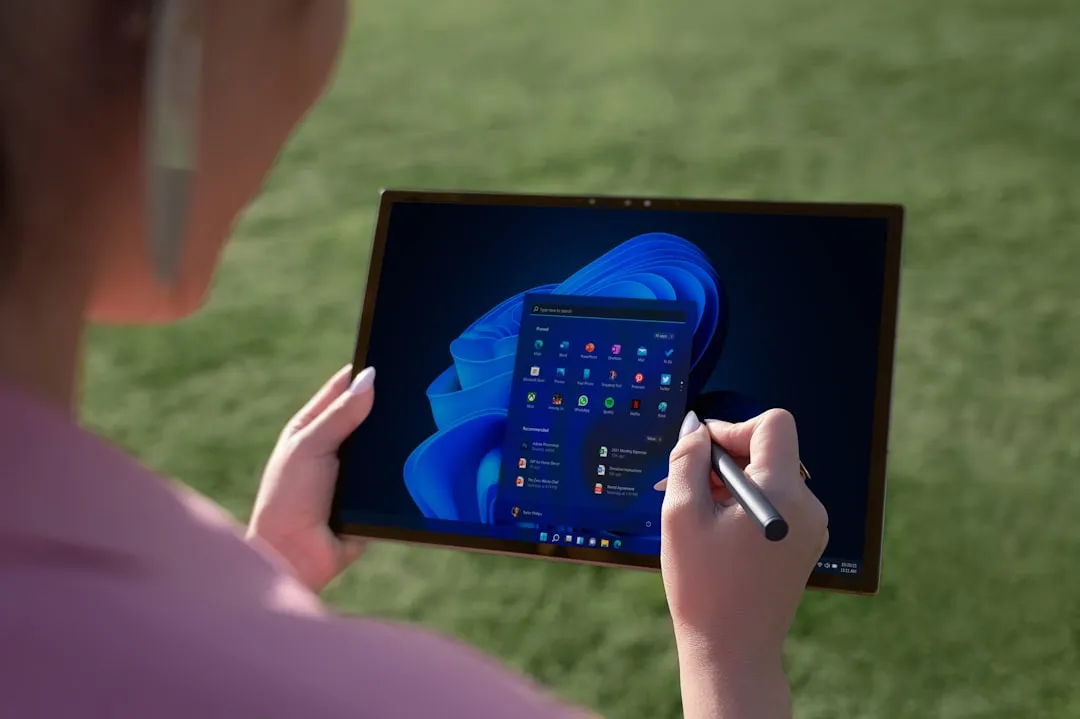

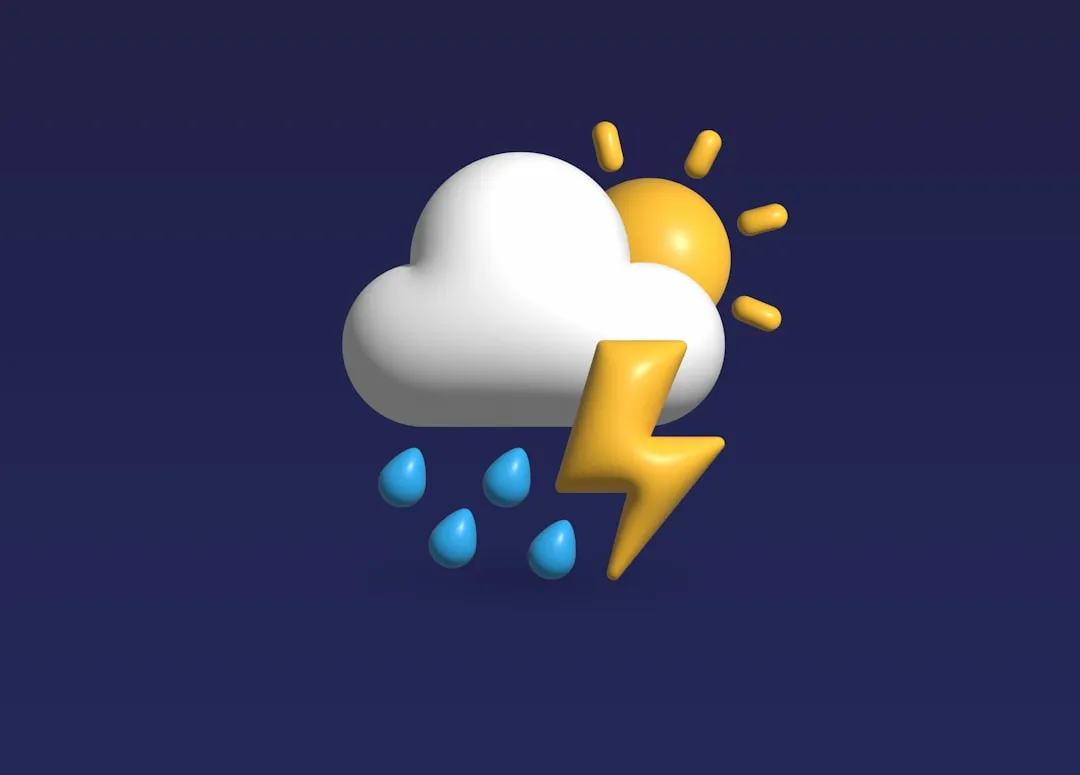
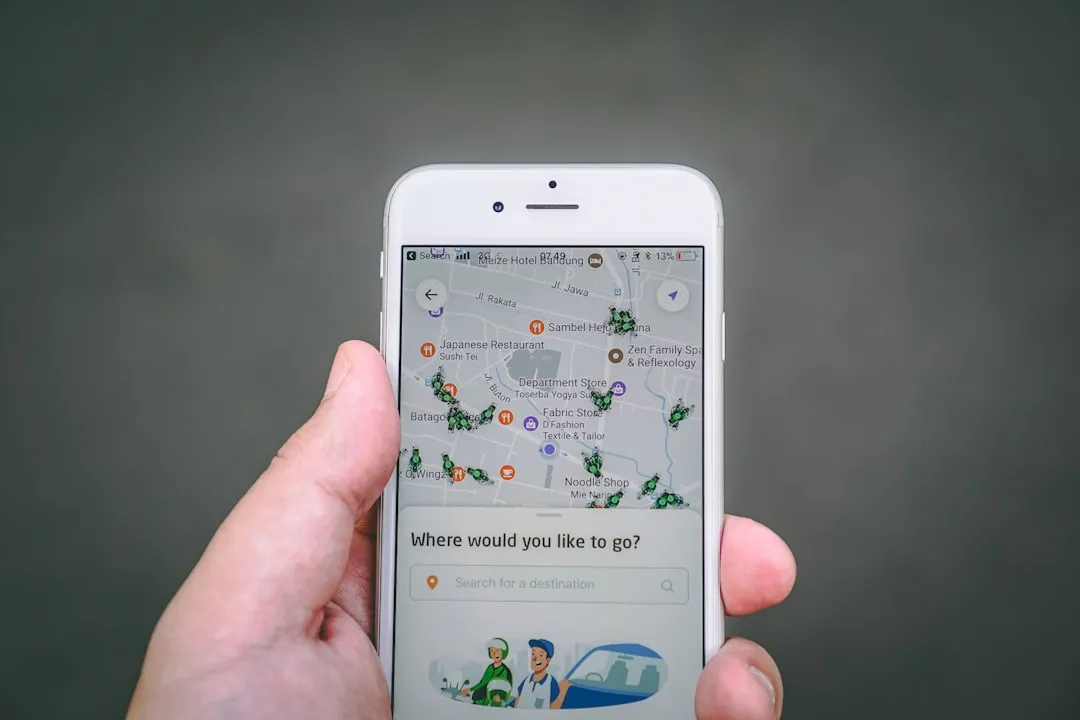


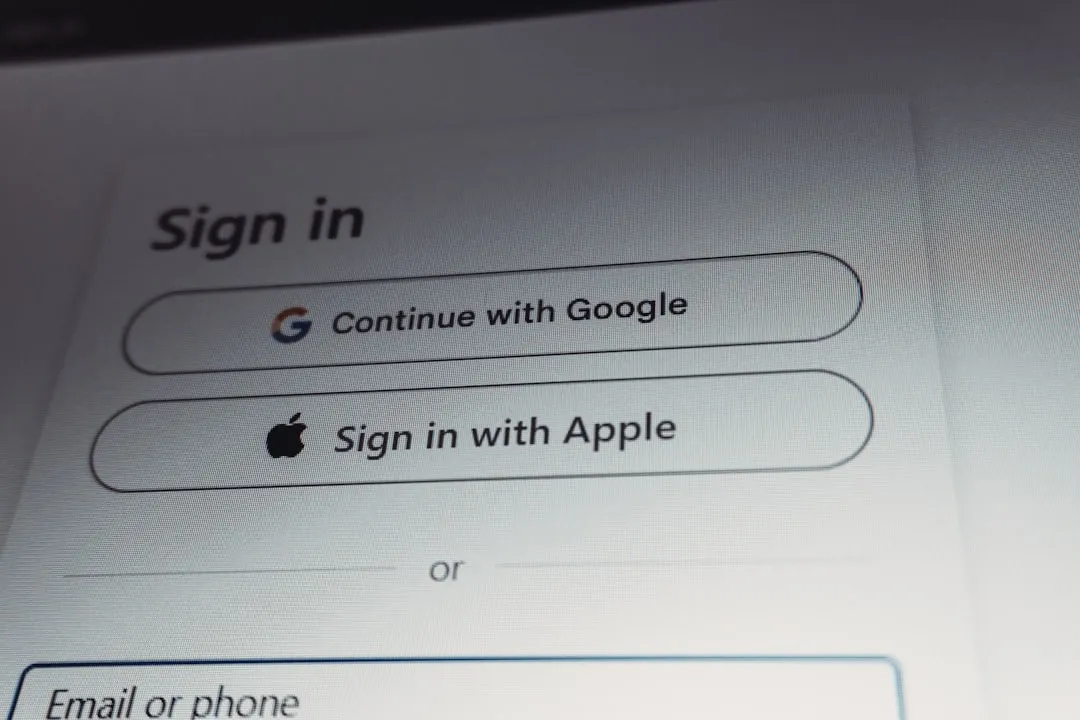
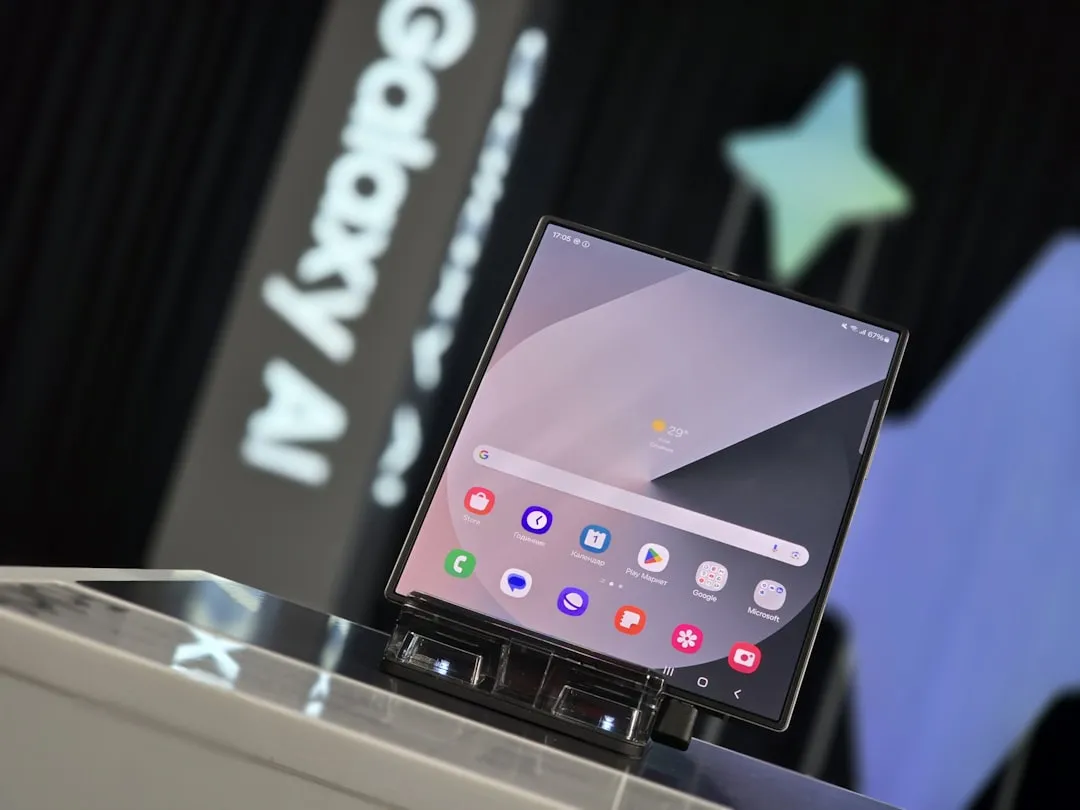



Comments
Be the first, drop a comment!